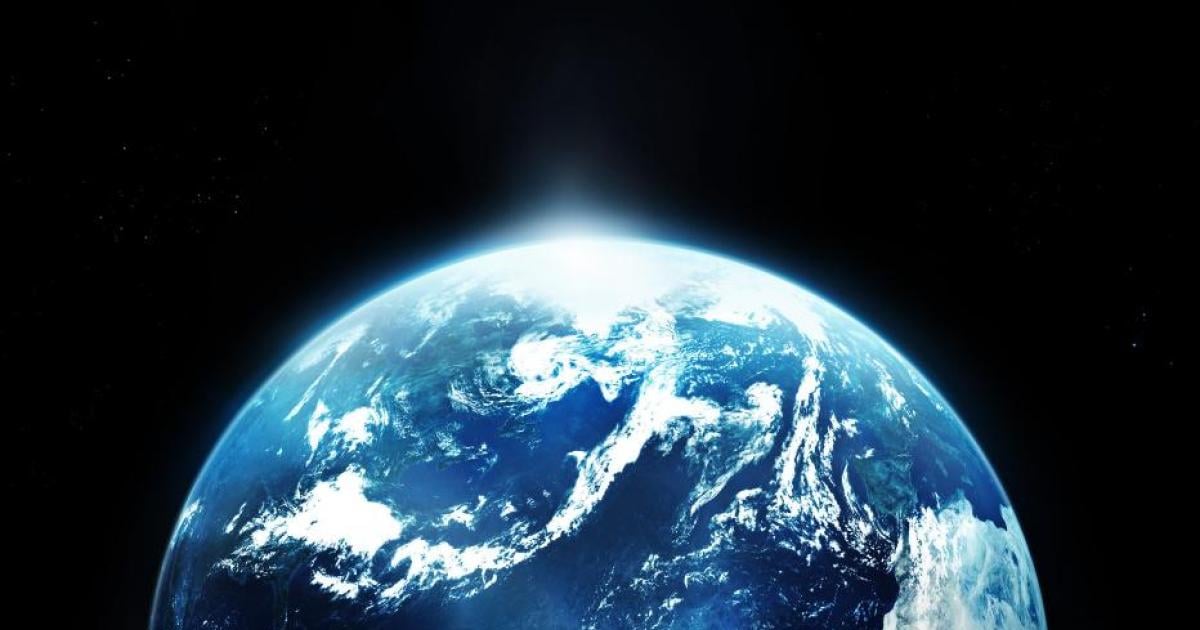Austria Has his natural resources used up on March 29th this year and commits his nationalen “Overshoot Day” – In the previous year this date fell to April 7th. For the annual earth’s creation day of every country, experts from the “Global Footprint Network” calculate when the earth’s buffer capacities are exceeded worldwide based on the “biocapacity” and ecological “needs”.
Austria is at the forefront of the ranking of resource consumption. Incidentally Train which caused the state to have its “Overhoot Day” behind on February 6th. Austria’s performance referred to Greenpeace as an alarming wake -up call: “We live on a much too great foot – at the expense of the climate, nature and future generations. We now have to act and get out of the wasteful economy, purely into a system that protects climate and nature and deals responsibly with scarce resources,” says the spokeswoman for the NGO, Ursula Bittner.
Changed calculation method
While the World Heritage Day for Austria on April 7th meant consumption of 3.7 earth, the arithmetical consumption rose to around 4.1 this year. However, the method was changed for the calculation of 2025, which is why comparability was made more difficult, reports Greenpeace. This change does not mean that Austria suddenly consumed significantly more resources – but is mainly due to a changed calculation method:
Among other things, the CO2 assignment to international streams of goods was adapted this year. According to the NGO, this increases the calculated footprint of countries such as Austria, without real consumption having changed. The world creation days of past years are also recalculated retrospectively – and could move accordingly. In any case, this year’s world creation day will be celebrated on July 24th and the last national “Overshoot Day” will fall on December 17th on the positive bottom of Uruguay.
Limits of ecological footprint
Under “Biocapacity”, biologically productive areas and waters of a country or worldwide (e.g. forests, arable land, pastures, fishing grounds, built -up areas) fall, while the ecological “need” makes up the area that is necessary to cover the consumption of a country or the world. This includes plant-based foods and fibers, animal products, fishing products, wood and other forest products, space for infrastructure and settlements and forests for the absorption of CO2 emissions from fossil fuels.
Greenpeace, however, indicates the model of the ecological footprint that productivity is one -sided, for example. “High yields per area would be rated as positive, even if negative environmental impacts (e.g. pesticide use, soil creation) are hidden – intensive monocultures are better cut off than ecological agriculture,” wrote the NGO. The hectare approach is also not suitable for the mapping of water consumption, biodiversity, waste, non-renewable resources or toxic substances. Nevertheless, the world’s creation day and the ecological footprint are the best -known indicators to impart ecological sustainability and the physical limitation of the planet.
Several groups of the Austrian climate and environmental movement on Saturday, on the occasion of the “Overshoot Day” with a rally on Christian-Broda-Platz (1 p.m.-3 p.m.) in Vienna-Mariahilf, indicate the worsening resource waste. The groups such as Extinction Rebellion, Parents for Future or Lobaublibt speeches and artistic contributions that are supposed to indicate the dramatic ecological situation were announced by the participating groups.
